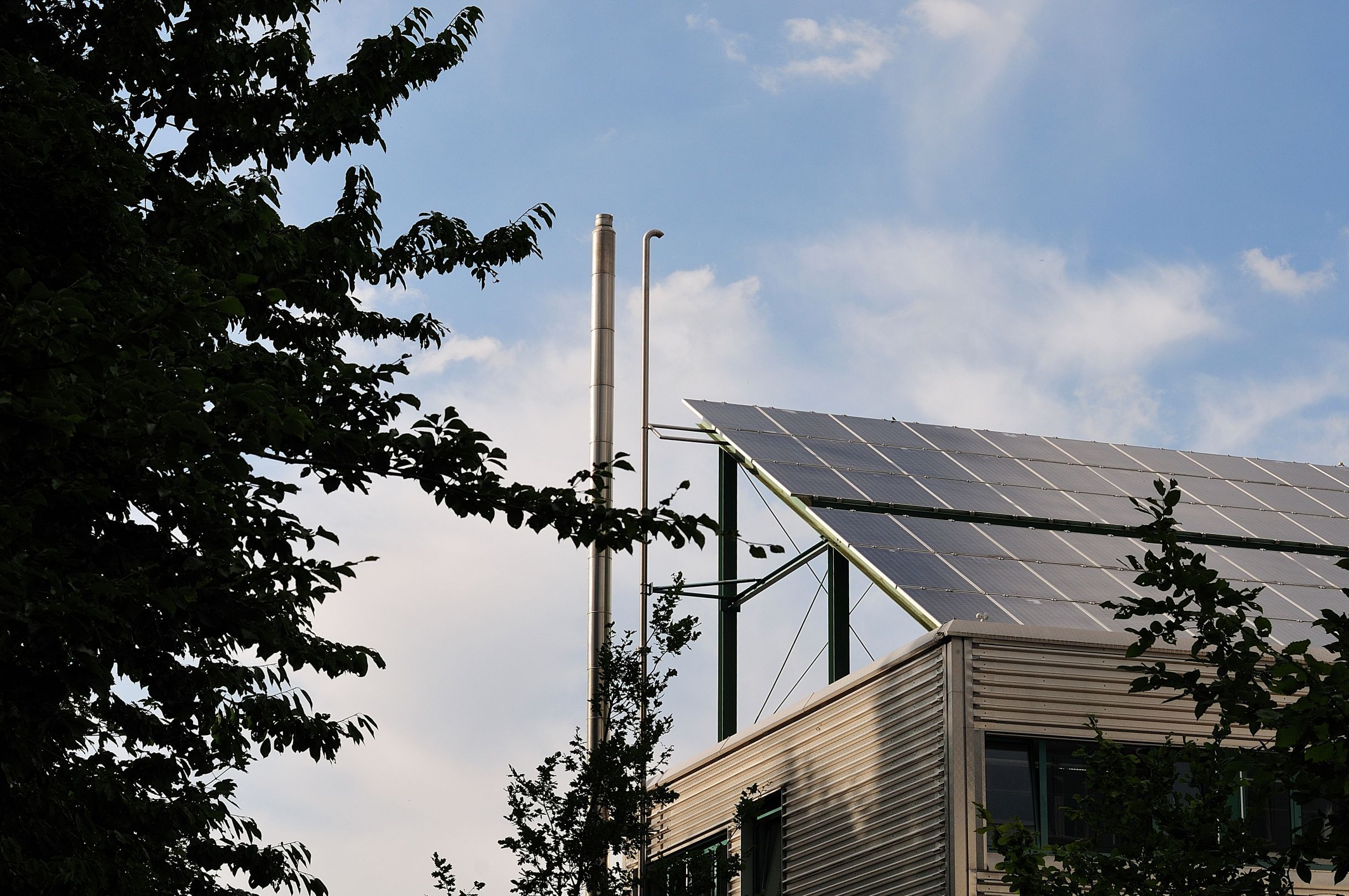Sustainability should mean something - custom home builders
The practice of sustainability relating to home building appears to pivot solely around low energy practices. It does not seem to fundamentally consider the building materials used.
Building materials such as concrete, bricks, steel and aluminium draw heavily on energy during the manufacturing process. This results in high carbon dioxide emissions and a high carbon footprint. The fact that these materials continue to dominate the local industry at a time of widespread transformational change and disruption is profound (e.g. electric cars, online shopping etc.).
Nowhere else in Australia, is the lack of any real progress towards the use of more sustainable building materials more pronounced than in Western Australia. The state where double-brick still reigns supreme.
The well-known children’s story of “The Three Little Pigs” (which dates back to the 1840s) comes to mind as some light relief as we confront the reality of how entrenched building practices and customer choices appear to be in Western Australia – the big bad wolf could not blow down the house made of bricks!
To be fair, the trend towards smaller block sizes has resulted in alternative building techniques gaining traction in the marketplace (e.g. modular construction, prefabricated wall/floor systems). However, these techniques can only be attributed to a minor reduction in carbon footprint, as the predominant building materials have essentially stayed the same. Additionally, these materials generally impose heavier loads, necessitating more substantive foundations and structural elements, further compounding the problem.
If all of that isn’t bad enough, the first home buyer segment is driven by a financing product solution, invariably placing a significant emphasis on property valuations. These valuations are not necessarily sympathetic to alternative and more sustainable building materials.
To add further support to the use of more sustainable materials, studies internationally indicate a connection between physical and mental wellbeing and nature and bio-design, which includes the use of timber. Responsibly sourced timber is the only major building material that markedly reduces the carbon footprint of a building. The energy expended in the production of timber is much lower than other traditionally used building materials.
There is an apparent disconnect between predominant building materials and wellness, as well as materials science and social responsibility. Despite this, I see a bright future. Younger generations of Australians are in sync with global thought leadership and the societal imperatives surrounding sustainability. They will be the change agents as they ascend into positions of leadership across industry and government.
At Collier Homes, a key business imperative is identifying pathways towards more sustainable building practices which accord with regulatory authorities, financial institutions and consumers. These pathways will leverage off creative architecture and innovative engineering to create homes of the future.
custom home builders
home builders

